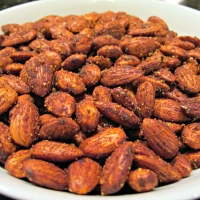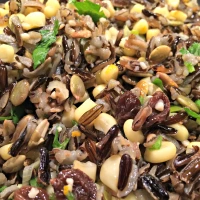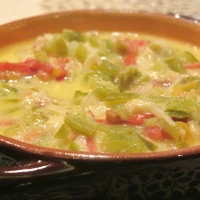Maybe because this has been a challenging year for all of us. Maybe because this is a time of reflection as we end the year. Whatever the reason, I am reminded of our time in Santiago de Compostela in northwestern Spain.
Santiago de Compostela, the capital of the Galicia (Gallego) region of Spain, is the end point of a long pilgrimage that people have embarked on for many centuries. It was a pilgrimage on par with one to Rome and Jerusalem during the Middle Ages in Europe for Christians.

While originally and primarily a Catholic journey, many people now take what is called “El Camino de Santiago” (or The Way of St. James) as a way to meditate, reflect on the meaning of life or to connect in a deeper way with the natural world or with their fellow companions.

But Santiago de Compostela is so much more than an endpoint to a long trek. It is an amazing place to explore a city that still has the feel of what I think a medieval European city was like, except this one has all the modern amenities!

The people were friendly and helpful. The scenery was spectacular and relaxing. And the food was surprising and comforting.
Below is a recipe for a cake that we enjoyed in Galicia and also here at home. It is a simple cake but do not be fooled. It grows on you and you want to have it often. But maybe that is because I love almonds.

When we returned from our trip, I researched recipes to make this cake at home. Some called for whipping up egg whites before adding them to the batter but I don’t think that really made much of a difference and it was a lot more work. Some called for “aguardiente de hierbas,” a liqueur from Galicia distilled with local herbs. I would love to use that but I could not find it in Madison or even online. I decided to use Grand Marnier to enhance the citrus flavor of the cake. You can use Amaretto if you’d like a more pronounced almond flavor.
Also, you would normally grind blanched almonds until you get a fine flour for the cake. But I found that using almond flour was a lot easier and just as tasty. I use Bob’s Red Mill Super-Fine Almond Flour.
I know this may not be completely traditional, but the cake is still delicious and reminds me of our time in Santiago.

Tarta de Santiago
2 ½ cups fine almond flour
1 1/3 cup granulated sugar
5 eggs, large
1 teaspoon grated lemon zest
1 teaspoon grated orange zest
1 ounce liqueur, Grand Marnier or Amaretto (based on the flavor you want to enhance)
½ teaspoon almond extract
½ teaspoon ground cinnamon
½ teaspoon salt
1 tablespoon softened butter or baking spray with flour for the baking pan
—–
Preheat the oven to 350 degrees Fahrenheit.
Prepare a 9-inch round springform pan with butter or baking spray. Set aside.

In a large bowl or stand mixer, beat the eggs and sugar until well combined.

Add the zest of the lemon and orange, along with the liqueur, almond extract, cinnamon and salt. Mix well and fold in the almond flour.

Make sure the batter is smooth. Pour into the prepared baking pan. Bake for 35 – 40 minutes on the lower rack until a toothpick comes out clean.

Remove from the oven and let it cool for five minutes in the pan. Remove the cake from the pan and place on a wire rack until completely cool.
Place the St. James Cross stencil on the center of the cake. Using a fine mesh colander, dust the cake with confectioner’s sugar to your liking. Carefully remove the stencil and enjoy your Tarta de Santiago!
___
Below is a link to a stencil you can print out to use for your Tarta de Santiago. I used cardstock so I could use it multiple times. The website is in Spanish, but you can scroll down to the section that says: Decorar la tarta de Santiago. Click on the PDF link and you will be able print out the image you see on the Tarta de Santiago above.
https://www.hogarmania.com/cocina/recetas/postres/tarta-santiago-14332.html



















